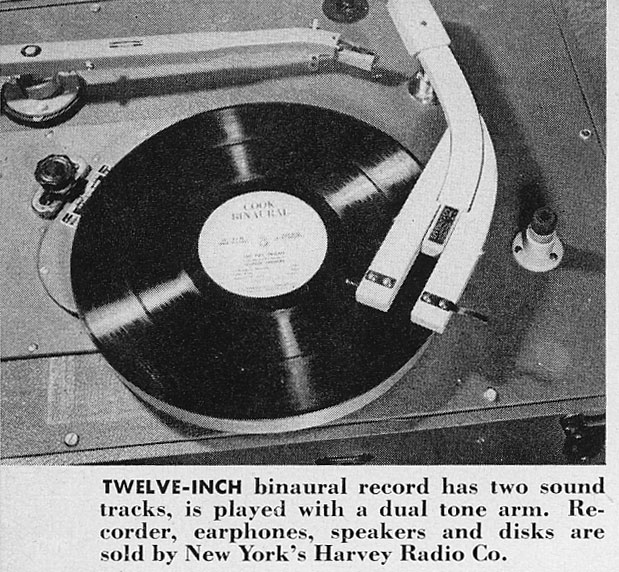In my increasingly later years, I'm beginning t realise what a load of nonsense was often talked about vinyl and its reproduction - yes, by myself as well I suppose

(Purite Keith, you'd know amongst others

)
Audiophiles love something to twiddle and mess with, so what better than a record player arm and cartridge with so many compromises and variables built in all ready to go?
The thing is, the Rega RB300 with its low resonance construction (and also the now mad money SME V family) were criticised for sounding bland and 'grey,' where in my experience, all they were doing was showing the cartridge, mounting board material (in the case of the Rega) and vinyl for what they were. i did find some excellent cartridges for them (AT-F5 for the RB300 and the Goldring 1042 worked well in it back then if not so well elsewhere) and gorgeous looking Kiseki Agate Ruby sounded sublime in the SME I recall with no hint of blandness or 'grey timbres... One company that uses Rega RB arms as base and modifies the sh*t out of them with well reviewed results, is basically adding a massive 'zing' in the midrange to liven the tone up artificially. A competing European made arm with 'carbon fibre (wow!)' does exactly the same thing judging by reviews I 've read.
I just think now that the remaining vinyl audiophiles out there have no idea or wish to know, what the master tape or file actually sounds like, as it'd break the spells they cast and I suspect it's one reason why so many still deride 'digital' as devil's work. I was removed from a third party (dealer?) Facebook page for a well known speaker company because I preferred digital to typical vinyl and sold my high speed Revox IEC B77mk2 and copy master tapes I had back in the 90's...
By the way, what the hell is it about the Denon Dl103? It's great at the beginning of side, but can't owners hear the hf tail off towards the side end due to the conical tip? I had a 103D (better diamond profile) in a Mission 774 arm once and liked it a lot (this arm suits an old LP12 well too), but went over to the dark side when the Ittok and original Asak (mistracker) came along so memories are very distant now.



